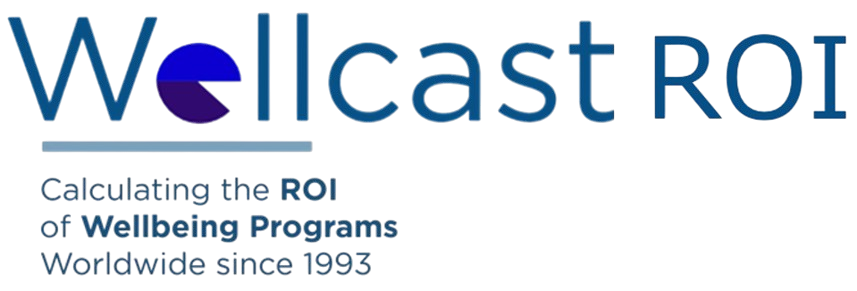Based on my 30+ years´ experience of calculating the ROI of prevention programs, I sometimes stop and think that Donaldson Brown, who is largely regarded as the “father of ROI” for developing the standard ROI formula in 1915, would be turning in his grave if he saw the various calculations of ROI presented by Benefits, HR and Program Vendors.
I admit that the calculation of ROI for prevention programs is not the easiest of calculations. It involves several complicated steps and this point become financial decision makers reluctant to approve HR investment requests. Read more about 3 basics steps:
The first step
In the ROI calculation process is measuring outcomes in reducing physical and behavioral conditions (which the healthcare industry has done quite well in some areas). However, I have seen many cases where utilization is confused with positive outcomes (e.g., did signing up for a digital platform really do anything? Or taking a thousand steps really reduce CHD?).
The second step
The second and far more difficult step is converting those outcomes into expense reductions. I have seen several very scarry attempts at doing so. Let´s take a simple example, reduction of absenteeism: if a prevention program reduces the number of employees absent, is the savings really salary savings or productivity savings? (Answer: productivity). I know salary savings are quite simple to calculate, but will the financial decision maker be sold on this? The savings in salary must be converted into savings in productivity, which is not quite as simple, unless one is familiar with economic theory and the calculations and data required to do so.
Now let’s take a look at a separate issue for financial decision makers. ROI calculation consistency. Why does every calculation have to be home grown, and not follow the standard formula and include all the standard variables? Examples:
- A case of CHD which will be averted in three years due to a prevention program, has to consider the cost savings in today´s money in ROI calculations.
- The breakeven of an investment in a prevention care program is not “zero”, as the financial director could have invested the money in something secure, like Treasury Bills or something else.
- Several programs impact several conditions simultaneously. An exercise program has an impact on CHD, Diabetes, Stress, and Osteomuscular injuries. Were the savings from all three considered?
- Several programs take years to work. High risk individuals do not miraculously avert CHD in one year. Sometimes it takes two or three years to convert a person with very high risk to high risk. Was a multiple year investment in the program considered?
The third step
Impacting the reluctance of financial decision makers to approve preventive care investment calculations, is that there is always a suspicion that a vendor would never present a negative result. The results look self-serving.
Bottom line: ROI calculations should follow the standard formula, include all the variables in the standard calculation, and be unbiased and independent. Please see our web site if you are interested in finding out more about WELLCAST ROI©. We have been calculating ROI of prevention programs for over 30 years, globally. We are an independent and unbiased provider of ROI calculations for preventive care programs. Let us take this burden off your hands.

